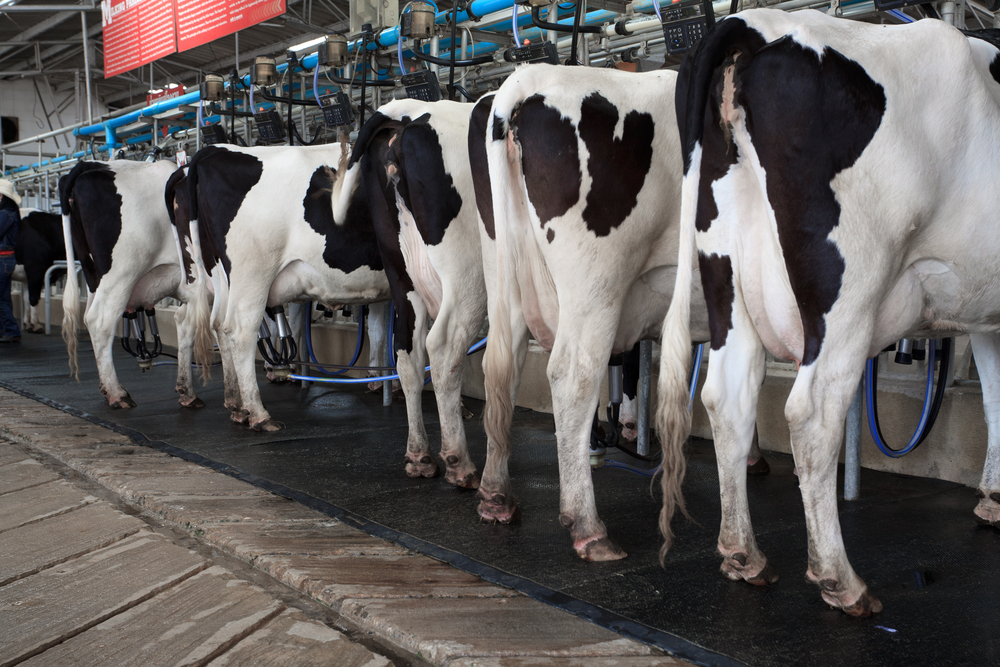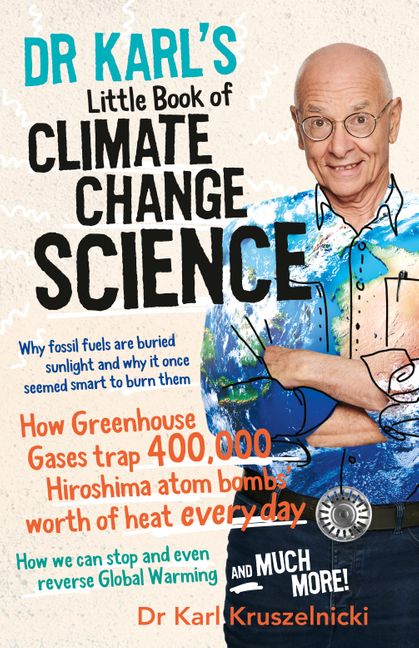Analysis of Greenhouse Gas Emissions from Agricultural and Transportation Sectors
Introduction: A Sustainable Development Goals Perspective
An assessment of greenhouse gas (GHG) emissions from livestock and vehicles is critical for developing strategies to combat climate change, a primary objective of Sustainable Development Goal 13 (Climate Action). This report compares methane (CH₄) emissions from bovine sources with carbon dioxide (CO₂) emissions from automobiles, framing the analysis within the broader context of the SDGs, including SDG 2 (Zero Hunger), SDG 11 (Sustainable Cities and Communities), and SDG 12 (Responsible Consumption and Production).
Sector-Specific Emissions Profile
Methane Emissions from Livestock and Alignment with SDG 2 and SDG 12
The agricultural sector, particularly cattle farming, is a significant source of methane, a potent greenhouse gas. This presents a complex challenge, as livestock is integral to global food security, a cornerstone of SDG 2. Addressing these emissions is essential for promoting sustainable production patterns as mandated by SDG 12.
- Source of Emission: Methane is produced as a byproduct of the digestive process in cows and is released through eructation, flatulence, and manure.
- Emission Volume (per animal): A single cow is estimated to emit between 154 and 264 pounds of methane annually.
- Policy Response: In pursuit of climate targets, governments such as Denmark’s are proposing measures like a tax on livestock emissions, scheduled to begin in 2030.
Carbon Dioxide Emissions from Transportation and Relevance to SDG 7 and SDG 11
The transportation sector is a primary contributor of carbon dioxide emissions, largely from gasoline-powered vehicles. This directly impacts the goals of SDG 11 to create sustainable cities and communities and highlights the need for a transition to cleaner energy sources as outlined in SDG 7 (Affordable and Clean Energy).
- Source of Emission: The combustion of gasoline in internal combustion engines releases carbon dioxide into the atmosphere.
- Emission Volume (per vehicle): The U.S. Environmental Protection Agency (EPA) estimates that a typical passenger vehicle emits approximately 4.6 metric tons (about 5 tons) of carbon dioxide per year.
Comparative Analysis and Quantitative Assessment
Global Warming Potential (GWP) as a Metric for SDG 13
To accurately compare the climate impact of different greenhouse gases, the Intergovernmental Panel on Climate Change (IPCC) utilizes the Global Warming Potential (GWP) metric. This tool is vital for informing policy and action under SDG 13. GWP measures the heat-trapping ability of a gas relative to carbon dioxide over a specific period.
- Carbon Dioxide (CO₂): By definition, CO₂ has a GWP of 1.
- Methane (CH₄): Methane is significantly more potent, with a GWP of 27 to 30 over a 100-year timeframe. For calculation purposes, an average GWP of 28.5 is used.
Global Emission Volume Calculations
A comparison of total annual emissions provides a clear picture of each sector’s contribution to global warming. The calculations are based on the global population of each source and their respective emission rates.
- Total Methane Emissions from Cows: With a global population exceeding 1.5 billion cows, and an average emission of 209 pounds per cow, the total annual methane emission is approximately 156.75 million tons.
- Total Carbon Dioxide Emissions from Cars: The total annual emission of carbon dioxide from cars is estimated at 4.6 billion tons.
Conclusion: Implications for Sustainable Development
Based on a quantitative assessment of total emission volumes, gasoline-powered cars contribute a significantly larger amount of greenhouse gases to the atmosphere than cows. While methane from livestock is a potent GHG, the sheer volume of carbon dioxide from automobiles makes it a greater contributor to climate change in absolute terms. Achieving the Sustainable Development Goals, particularly SDG 13, requires comprehensive strategies that address emissions from all major sectors, including both transportation and agriculture, to ensure a sustainable future for all.
1. Which SDGs are addressed or connected to the issues highlighted in the article?
-
SDG 13: Climate Action
- Explanation: The article is fundamentally about climate change. It discusses the emission of greenhouse gases—methane (CH4) from cows and carbon dioxide (CO2) from cars—which are primary drivers of global warming. The text explicitly mentions that the Danish government’s plan to tax cow emissions is intended to “curb climate change.” The entire comparison between the two sources of pollution is framed within their impact on global warming.
2. What specific targets under those SDGs can be identified based on the article’s content?
-
Target 13.2: Integrate climate change measures into national policies, strategies and planning.
- Explanation: This target is directly addressed through the example of Denmark. The article states, “…the government plans to tax their emissions starting in 2030 to curb climate change.” This is a clear instance of a national government integrating a climate change mitigation measure (a carbon tax on agricultural emissions) into its national policy and planning.
3. Are there any indicators mentioned or implied in the article that can be used to measure progress towards the identified targets?
-
Greenhouse Gas Emissions and Global Warming Potential (GWP)
- Explanation: The article provides several quantitative indicators used to measure the scale of the problem and, by extension, progress in mitigating it. These are:
- Annual CO2 emissions from cars: The article specifies this as “4.6 billion tons” globally per year, providing a concrete metric for emissions from the transport sector.
- Annual Methane emissions from cows: This is calculated in the article, which states, “…the total yearly emission likely exceeds 313.5 billion pounds, or 156.75 million tons.” This serves as a specific indicator for agricultural emissions.
- Global Warming Potential (GWP): The article introduces GWP as a key indicator for comparing the impact of different greenhouse gases. It specifies that “the GWP of methane is 27 to 30 over a period of 100 years” relative to CO2. This indicator is crucial for creating effective climate policies by prioritizing the reduction of the most potent gases.
4. Create a table with three columns titled ‘SDGs, Targets and Indicators” to present the findings from analyzing the article. In this table, list the Sustainable Development Goals (SDGs), their corresponding targets, and the specific indicators identified in the article.
| SDGs | Targets | Indicators |
|---|---|---|
| SDG 13: Climate Action | Target 13.2: Integrate climate change measures into national policies, strategies and planning. |
|
Source: britannica.com






